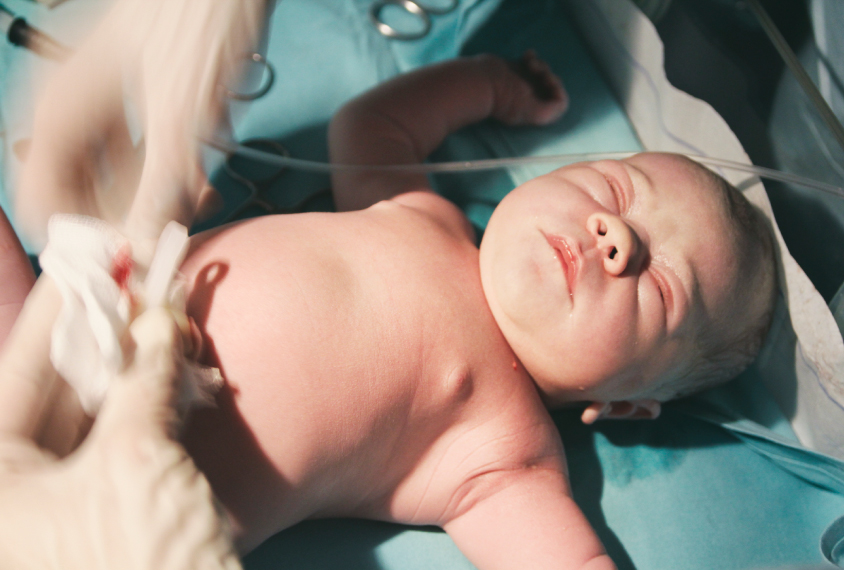
ajkkafe / iStock
THIS ARTICLE IS MORE THAN FIVE YEARS OLD
This article is more than five years old. Autism research — and science in general — is constantly evolving, so older articles may contain information or theories that have been reevaluated since their original publication date.
Children with autism who were born late are more likely to also have intellectual disability than those with autism who were born at term, suggests a study of almost half a million people1.
The new work is the first to look separately at the risks for autism with and without intellectual disability in children born outside the canonical 40 weeks of gestation. The study also looked at babies born preterm and did not find a difference in risk for the two groups: The risk is high for both.
The postterm findings support the notion that the mechanisms underlying autism with intellectual disability are distinct from those that drive autism alone.
“Risk factor profiles between autism with intellectual disability and autism without intellectual disability may be somewhat different,” says lead investigator Brian Lee, associate professor of epidemiology and biostatistics at Drexel University in Philadelphia.
Some studies suggest variations in the prenatal environment separate the two autism profiles. Last year, scientists found higher levels of inflammatory molecules in pregnant women whose children were later diagnosed with both autism and intellectual disability than in those whose children have only autism.
The new results “are exceptional in that they come from a very large population-based cohort and sample a wide spectrum of gestational age,” says Robert Joseph, assistant professor of anatomy and neurobiology at Boston University, who was not involved in the study.
Delayed danger:
Lee and his colleagues analyzed data from 480,728 individuals in the Stockholm Youth Cohort, an ongoing study of children born between 1984 and 2007 in Stockholm, Sweden. Of the roughly 2 percent of children diagnosed with autism, 2,368 have autism with intellectual disability and 7,657 have autism only.
The prevalence of autism is highest — 52.4 per 1,000 — in babies born at 27 weeks of gestation. The rate goes down every week until 40 weeks, when it stands at 19.8 in 1,000. It picks up again in children born between 41 and 43 weeks, when it peaks at 23 in 1,000.
The preterm pattern is similar for children who have autism alone and those who have autism with intellectual disability. But postterm, only the rate for autism with intellectual disability rises significantly, and the rise is small: from 4.6 to 6.2 per 1000 children. The findings were published 12 September in Paediatric and Perinatal Epidemiology.
“It was interesting to see a small uptick in autism risk with postterm birth and that it was being mainly driven by an increase in autism with intellectual disability,” Lee says.
No one knows why autism with intellectual disability is more likely among children born postterm than among those born at term. Complications arising from postterm delivery may affect the brain in ways that contribute to both conditions, the researchers say.
“Large database association studies are useful contributory analyses but don’t explain what is happening,” says Neil Marlow, professor of neonatal medicine at University College London, who was not involved in the work.
Some studies suggest that high levels of vitamin D in a pregnant woman lower the risk of preterm birth. Lee’s team is investigating whether vitamin D levels of the baby during gestation and shortly after birth are also associated with autism. Raising those levels might mitigate the risk, he says.
By joining the discussion, you agree to our privacy policy.